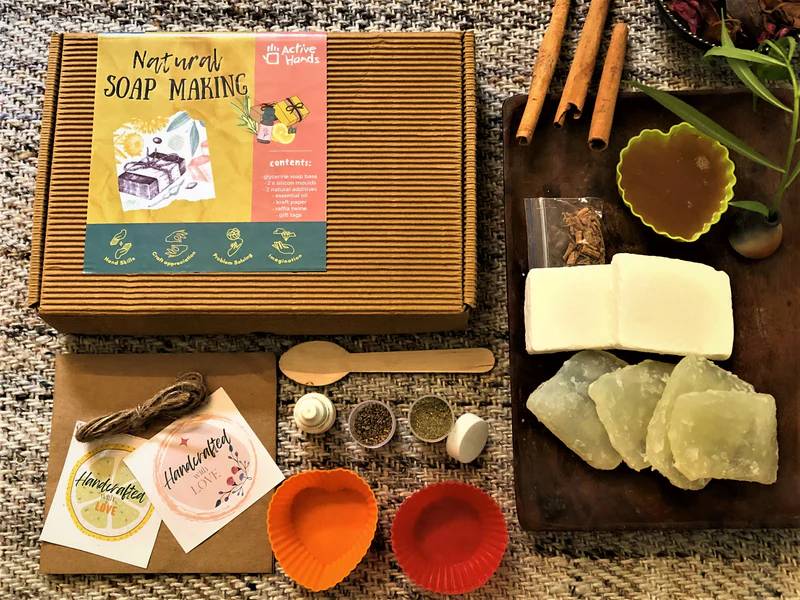Crafting soap is more than a hobby—it’s a tactile adventure where oils, fragrances, and colors collide into something both useful and beautiful. Whether you’re seeking a calming pastime or a budding business opportunity, understanding the best tools and techniques will set you on the path to success.
What Supplies Do I Need for Soap-Making?
To begin, assemble the essentials that will guide your experimentations safely and effectively. You’ll need:
- Oils and Butters: Coconut, olive, shea, or cocoa butter provide the nourishing base.
- Lye: Sodium hydroxide triggers saponification, transforming oils into solid soap.
- Mixing Tools: Heatproof bowls, spatulas, and a whisk ensure thorough blending.
- Molds: Silicone or wooden molds shape your bars.
- Safety Gear: Gloves, goggles, and long sleeves protect your hands and eyes.
Optional enhancements like natural colorants, herbs, and exfoliants allow you to craft soaps with personality and flair.
Is Making Soap Profitable?
Soap can be surprisingly lucrative. Handmade bars, especially those featuring organic ingredients, artisan swirls, or exclusive scents, often attract premium buyers. Profitability hinges on quality, marketing, and packaging. Online marketplaces, farmers’ markets, or subscription boxes can turn your hobby into a steady income, particularly if you carve out a distinctive niche with unique formulas or eye-catching designs.
How Do I Start Making My Own Soap?
Begin with a manageable technique like melt-and-pour soap, which allows you to experiment without handling lye. Once you gain confidence, venture into cold process soap making, where oils and lye are combined at room temperature to form bars that cure over weeks. Start small, experiment boldly, and document your results. Each batch becomes a lesson in chemistry, creativity, and patience.
What Are the Best Fragrances for Soap Making?
Fragrance transforms simple bars into sensory experiences. Popular choices include:
- Lavender and Chamomile: Calming and soothing.
- Citrus Blends: Grapefruit, orange, or lemon invigorate the senses.
- Mint and Eucalyptus: Crisp and refreshing.
- Floral Aromas: Rose, jasmine, and ylang-ylang create luxury soaps.
For adventurous crafters, combining herbs, spices, or essential oils can result in signature scents that delight and intrigue.
What Is Cold Process for Soap Making?
Cold process is a revered technique for creating luxurious, long-lasting bars. Oils and lye mix at ambient temperatures, triggering saponification gradually. Unlike melt-and-pour, cold process preserves the integrity of delicate oils and fragrances. This approach also allows you to manipulate textures, layers, and patterns creatively while producing a bar that hardens over several weeks.
What Is the Best Organic Kit for making soap?
For eco-conscious or health-minded crafters, the best organic soap making kit blends pure plant oils, natural fragrances, and gentle additives. Quality kits often include pre-measured ingredients, clear instructions, and tools that simplify the process while promoting creativity. They are ideal for beginners and experienced artisans alike, offering a safe, convenient way to produce beautifully handcrafted soaps. If you’ve been searching for a soap kit, this is a perfect place to begin your fragrant adventure.
Final Thoughts
Soap making is a satisfying intersection of art and science. By selecting the right supplies, experimenting with scents, and mastering techniques like cold process, you can create bars that are both functional and enchanting. Whether for personal enjoyment, gifting, or entrepreneurial ventures, the journey promises creativity, mindfulness, and the joy of making something tangible from your imagination.
